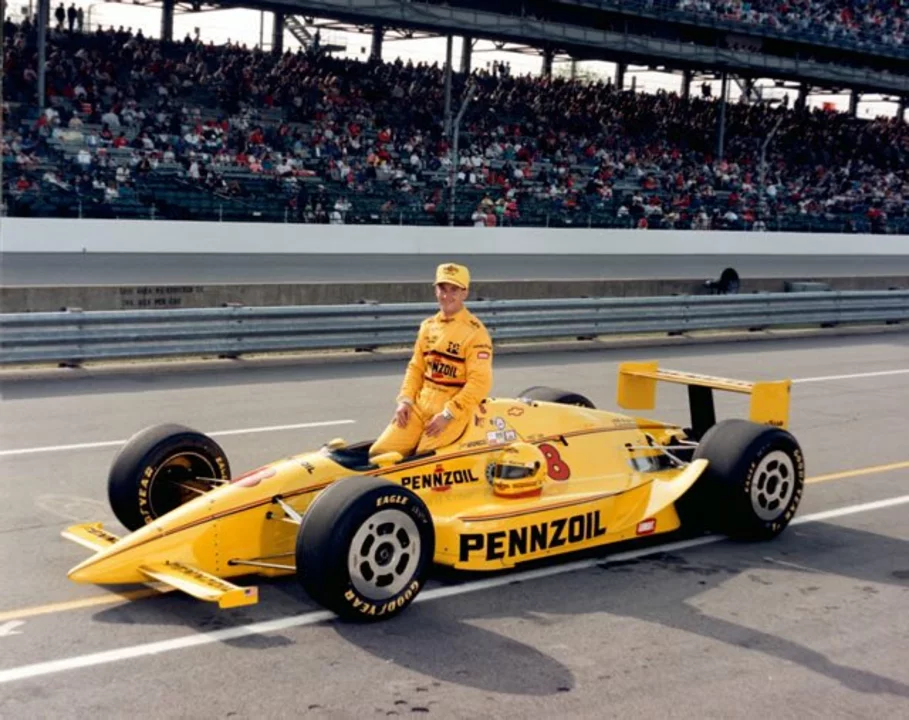John Casey – Motorsport Stories, Drivers, Licenses & More
When you read about John Casey, a respected name in the world of motorsport who has worn many hats – driver, engineer, commentator. Also known as John Casey (motorsport), he embodies the spirit of Motorsport, the high‑speed arena that covers everything from Formula 1 to grassroots drifting and the challenges faced by Race drivers, the athletes who turn machines into extensions of their own skill. His career also highlights the importance of the FIA International Competition License, the credential that lets drivers compete on global stages. Below we’ll see why his story matters for anyone interested in the fast lane.
Why Motorsport Matters to Every Racing Fan
Motorsport isn’t just a hobby; it’s a technology showcase, a driver development pipeline, and a fan community rolled into one. It encompasses several sub‑disciplines – from the precision of Formula Three to the raw thrill of drifting. Each discipline demands a unique blend of car setup knowledge, physical fitness, and mental focus. For example, drifting, often dismissed as reckless, actually requires the same level of car control and split‑second decision‑making that F1 drivers use on a 200‑mph straight. That connection shows how Motorsport influences the evolution of drifting techniques, pushing manufacturers to develop tires and chassis that can handle sideways forces without losing grip. As a result, fans get to witness a constant exchange of ideas that keeps the sport fresh and exciting.
Every professional driver needs to earn the right to race, and that’s where the FIA International Competition License comes in. The license requires a minimum of a national license, a record of participation in sanctioned events, and a medical clearance that proves a driver can handle high G‑forces. John Casey’s own path illustrates this: after years in club racing, he secured his national credentials, spent twelve months accumulating points, and finally applied for the FIA license that opened doors to international endurance races. This process not only validates a driver’s skill but also ensures safety standards across borders, making it a cornerstone of modern motorsport governance.
Race drivers, whether they’re tearing up the Nürburgring or mastering a tight rally stage, share a common need: mastery of vehicle dynamics. Understanding concepts like pole position, tire wear, and brake balance can be the difference between winning and finishing off the podium. John Casey often talks about how a driver’s ability to extract the most from a car hinges on both technical knowledge and physical preparation. He emphasizes that athletes in motorsport follow rigorous fitness routines—cardio for endurance, neck strengthening for high‑speed corners, and reaction drills for split‑second decisions. This mirrors what you’ll read in posts about drivers’ training, pit‑stop strategies, and even the design of fire‑proof shoes for F1 racers.
Our collection below pulls together stories that reflect the breadth of this ecosystem. You’ll find an explainer on the various auto‑racing categories, a deep dive into why drifting isn’t “stupid,” a guide to getting your own FIA license, and insights into how race drivers are truly athletes. Whether you’re chasing the thrill of the Isle of Man TT or curious about the nuances of pole position, the articles give practical tips and real‑world examples that John Casey himself would nod to. Ready to explore? Scroll down and dive into the world where speed, skill, and strategy collide.
- May 6, 2023
- Comments 0
- IndyCar Racing News and Updates
